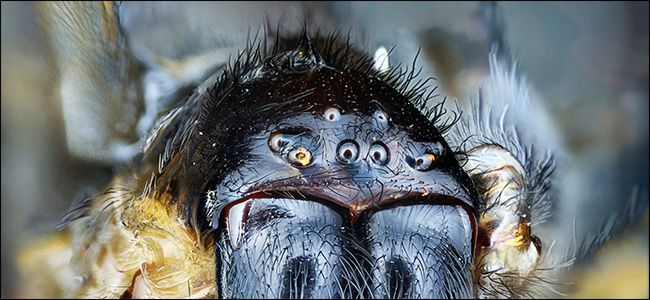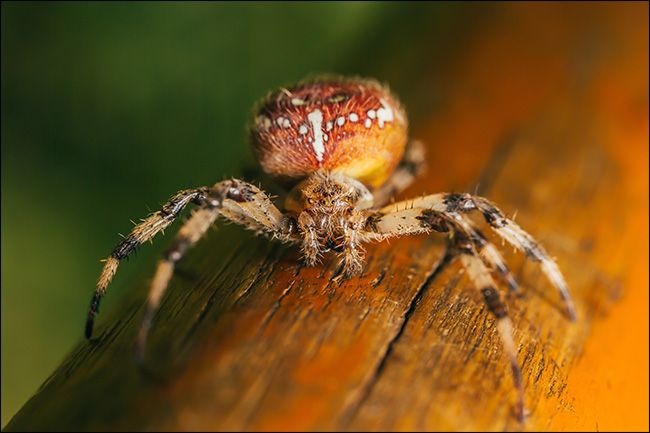A macro lens is a lens designed for taking extremely close-up photos of the subject. If you’ve ever seen a photo of a spider’s eyes or the veins of a leaf, that was a macro photo.
Most macro photos are taken with the camera within a foot or so of the subject. Non-macro lenses just won’t focus this close to the subject. Their Minimum Focus Distance (MFD) is normally around three feet. For a macro lens, the MFD is generally somewhere between 8 and 12 inches.
What really sets a macro lens apart isn’t just its close MFD, however---it’s the fact it combines a close MFD with a relatively long focal length. You can get your camera close to the subject and appear to zoom in close.
A perfect macro lens has an MFD and focal length that together allow you to get a 1:1 “reproduction ratio”. This means that the object you’re photographing is reproduced at exactly the same size it is in real life, on the camera sensor.
Let’s take a moment and think about this. If I take a portrait of someone so that their face covers the full image, then their roughly ten inch head is being reproduced at about one inch high on the camera sensor. That’s a reproduction ratio of 10:1. If I take a photo of a spiders’ head, however, I can have its quarter inch head reproduced at the exact same size. This is where the magnification comes from.
Macro photography doesn’t strictly have to have a reproduction ratio of 1:1. That only occurs when you’re using a good macro set up right at its MFD. In reality, you can get great looking macro photos even if the reproduction ration is 1:0.7 or even lower. Even 1:0.5 is going to be a lot closer than you'd be able to get with a regular lens.
The good news is that they aren’t just for macro photography. They’re almost always short telephoto lenses with wide apertures which makes them great portrait lenses, too.
If you’re interested in macro photography but are put off by the $900 price tag of something like a Canon 100mm f/2.8L Macro Lens, then there are other ways to take macro photos. You won’t have quite as much control as you get with a dedicated lens, but you can still take some stunning photos with some very simple equipment. Check out our guide to enjoying macro photography on the cheap for more.
Image Credits: Paul Morris and Alex Keda.


